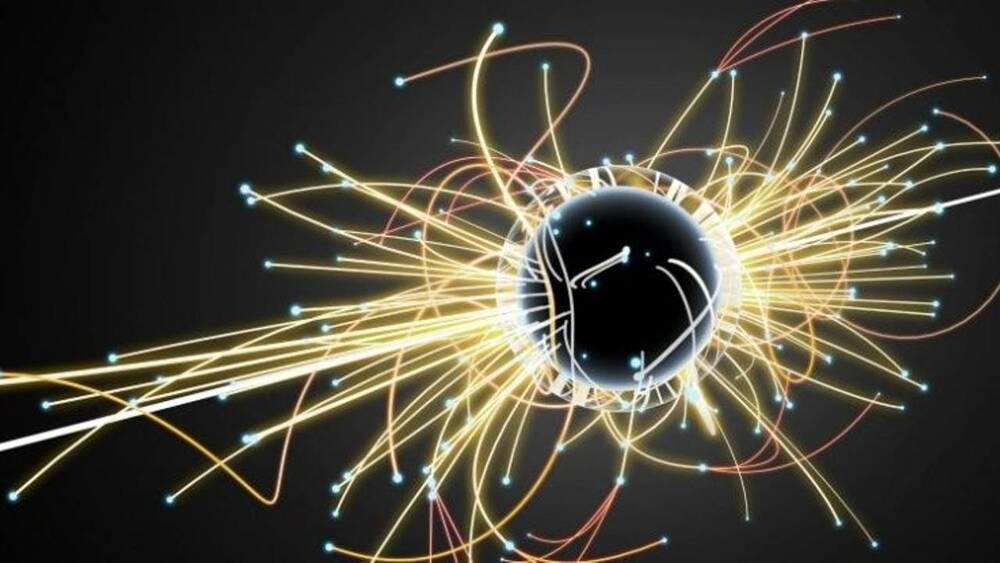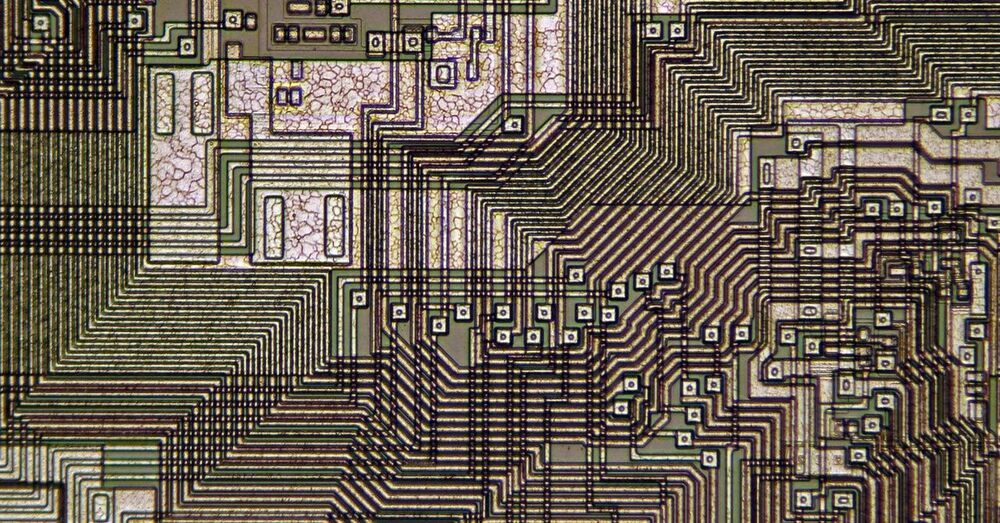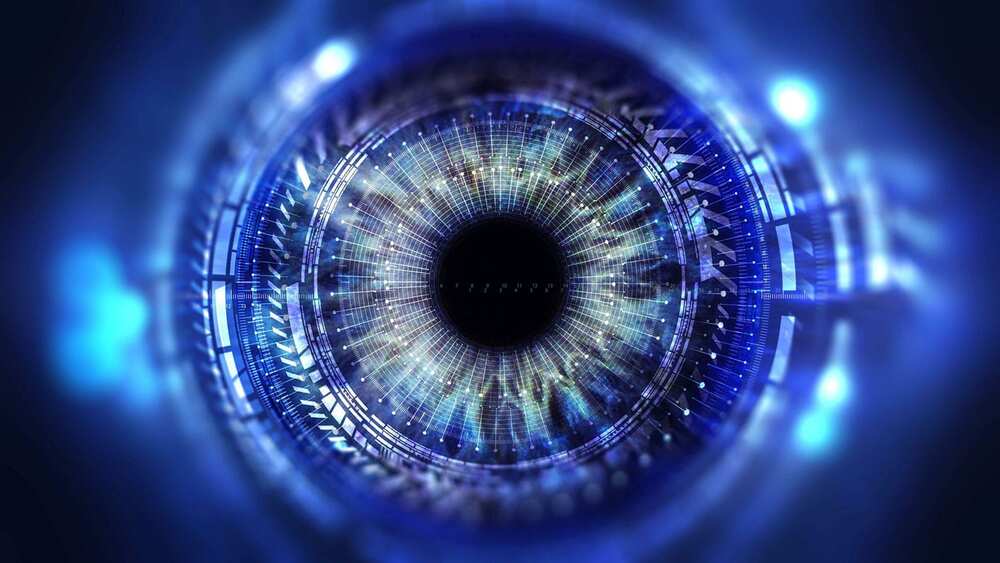In 2015, after 85 years of searching, researchers confirmed the existence of a massless particle called the Weyl fermion. With the unique ability to behave as both matter and anti-matter inside a crystal, this quasiparticle is like an electron with no mass. The story begun in 1928 when Dirac proposed an equation for the foundational unification of quantum mechanics and special relativity in describing the nature of the electron. This new equation suggested three distinct forms of relativistic particles: the Dirac, the Majorana, and the Weyl fermions. And recently, an analog of Weyl fermions has been discovered in certain electronic materials exhibiting a strong spin orbit coupling and topological behavior. Just as Dirac fermions emerge as signatures of topological insulators, in certain types of semimetals, electrons can behave like Weyl fermions.
These Weyl fermions are what can be called quasiparticles, which means they can only exist in a solid such as a crystal, and not as standalone particles. However, as complex as quasiparticles sound, their behavior is actually much simpler than that of fundamental particles, because their properties allow them to shrug off the same forces that knock their counterparts around. This discovery of Weyl fermions is huge, not just because there is finally a proof that these elusive particles exist, but because it paves the way for far more efficient electronics, and new types of quantum computing. Weyl fermions could be used to solve the traffic jams with electrons in electronics. In fact, Weyl electrons can carry charges at least 1000 times faster than electrons in ordinary semiconductors, and twice as fast as inside graphene. This could lead to a whole new type of electronics called ‘Weyltronics’.








